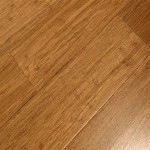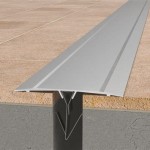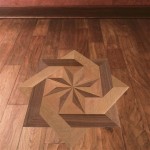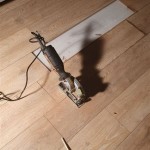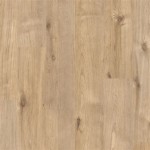How to Limewash Timber Floors
Limewash is a traditional building material with a long history. Made from hydrated lime mixed with water, it offers a unique aesthetic appeal for timber floors, creating a soft, matte finish with subtle variations in color. While limewash can be applied to different surfaces, it is particularly well-suited for timber floors due to its breathable nature, allowing the wood to breathe and preventing moisture build-up. This article will guide you through the process of limewashing timber floors, covering key areas like preparation, application, and finishing touches.
Preparing the Timber Floors
Proper preparation is crucial for a successful limewash application. It ensures that the limewash adheres properly and provides a lasting finish. The first step is to thoroughly clean the timber floors. Sweep or vacuum any dirt, debris, or loose material. For heavily soiled floors, consider using a wood cleaner specifically designed for timber. Next, sand the floors to remove any existing finishes, imperfections, or uneven surfaces. Use a fine-grit sandpaper to avoid damaging the wood. While sanding, pay attention to any knots or imperfections that might require additional attention. Once the floors are clean and sanded, it is essential to remove all dust particles using a damp cloth or vacuum cleaner. This ensures that the limewash adheres evenly without any dust interfering with the process.
Applying the Limewash
Once the timber floors are prepared, you can begin applying the limewash. The application process involves several steps. Begin by mixing the limewash according to the manufacturer's instructions. Typically, limewash is available in a powdered form that needs to be mixed with water to achieve the desired consistency. Use a clean mixing bucket and a drill with a mixing attachment for a consistent mix. The consistency of the limewash should be smooth and creamy, similar to paint. Next, apply the limewash using a brush, roller, or spray applicator. If using a brush, use long, even strokes to ensure an even coating. When using a roller, make sure to apply thin, even coats to avoid dripping or unevenness. A spray applicator can be faster and more efficient, but it requires some practice to avoid overspray. Apply the limewash in thin coats, allowing each coat to dry completely before applying the next. This helps to achieve a smooth and consistent finish. Allow the final coat to dry thoroughly before applying any sealant.
Finishing Touches
After the limewash has dried, you can add some finishing touches to enhance the look and durability of your floors. Consider applying a sealant specifically designed for limewash finishes. This will protect the limewash from stains, scratches, and water damage, ensuring its longevity. Choose a sealant that matches the desired level of protection and sheen. A matte sealant will maintain the natural, rustic look of the limewash, while a satin or semi-gloss sealant will add a touch of shine and protection. Once the sealant is applied, allow it to dry completely before walking on the floors. Finally, consider using accessories like rugs or mats to protect high-traffic areas and enhance the overall aesthetic appeal of your limewashed timber floors.
Important Considerations
It's essential to consider some crucial factors before embarking on a limewash project. Limewash is a natural material with varying characteristics, and its final appearance can be influenced by several factors. The type of wood, its grain, and its previous finishes can affect the final color and texture of the limewash. Ambient temperature and humidity can also play a role in the drying time and the overall outcome. It is recommended to consider testing the limewash on a small, inconspicuous area of the floor to observe its appearance and assess its suitability before applying it to the entire surface.
Limewash is a porous material that can absorb stains and discoloration over time. It's crucial to consider the lifestyle and environment when choosing limewash for timber floors. Regularly cleaning and maintaining the floors will help to preserve their beauty and protect the limewash finish. Be mindful of spills and stains, and promptly clean any spills to minimize their impact. In high-traffic areas, consider using rugs or mats to protect the limewash and extend its lifespan.
While limewashing timber floors can be a rewarding project, it is essential to approach it with careful planning and preparation. Understanding the properties of limewash and the specific requirements of your project ensures a successful outcome. With proper preparation, application, and maintenance, limewashed timber floors can add a unique charm and timeless appeal to your home.

Lime Washing Solid Wood Floors The Ultimate Guide

How To Lime Wash Your Floors

How To White Wash Lime Wood Flooring Oak Timber

Floor Staining Timber Flooring Company

Lime Washed Oak Flooring Timber Floor Sanding

White Lime Wash Floors In Call On 02 8416 8139

Applying Stain To Pickled Wood Floor

Porters Wood Wash City Beach Timber Flooring

Floorboards Sanding White Wash Oddly Satisfying How To Floor Boards Diy

Whitewash And Oil Wax Wood Flooring
See Also


